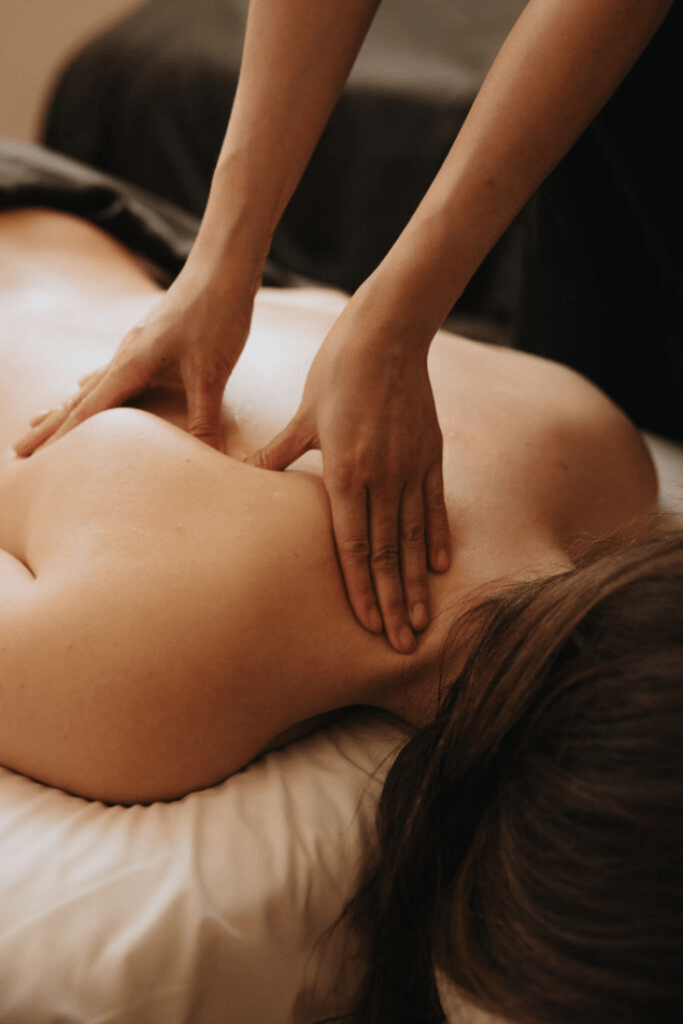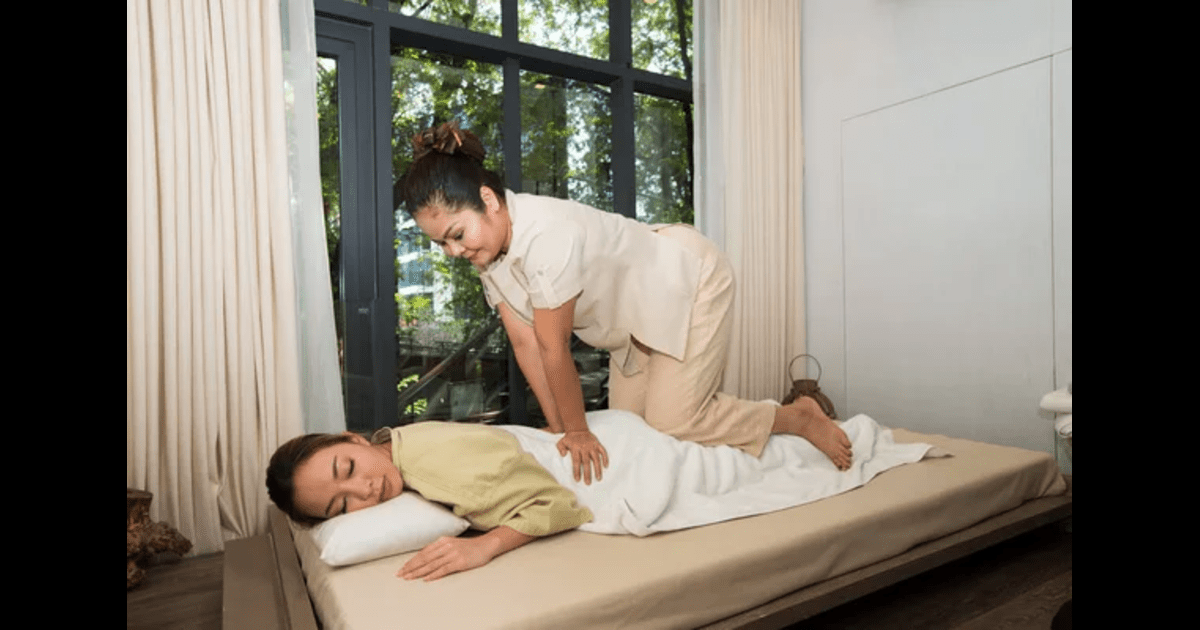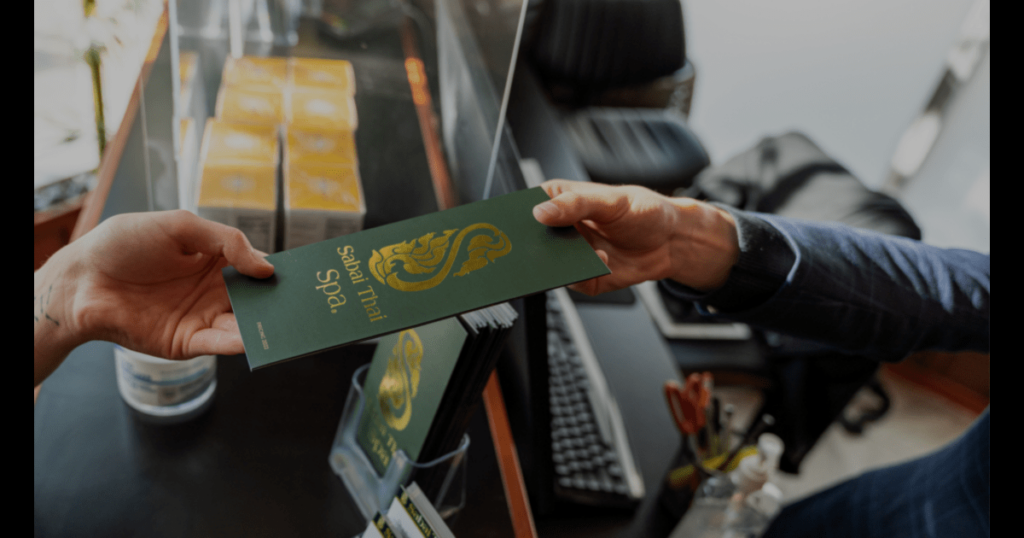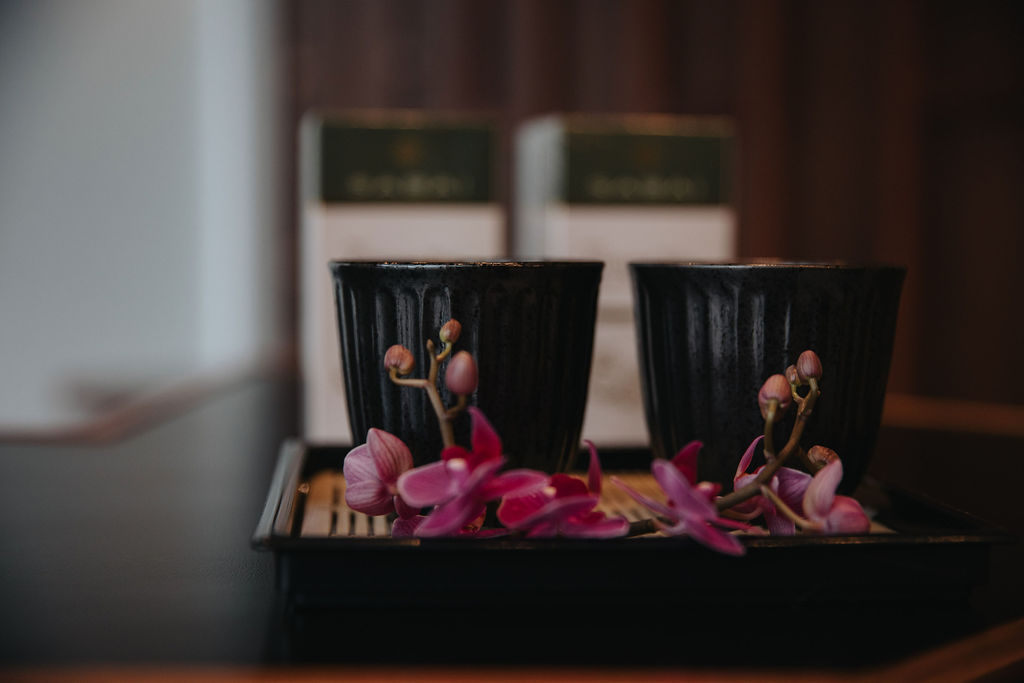Thai massage is renowned for its unique approach to healing and relaxation. At the heart of this ancient practice lies the concept of Sen Lines, energy pathways that form the foundation of Thai massage techniques. This blog delves into the world of Sen Lines in Thai massage, exploring their significance, the techniques used to work with them, and their numerous benefits for overall health and well-being.
What Are Sen Lines?
Thai Sen Lines are believed to be invisible channels through which energy flows in the body. These pathways are fundamental to Thai massage, guiding therapists to promote healing and balance.
The concept of Sen Lines has its roots in traditional Thai medicine, which draws influences from ancient Indian Ayurvedic and Chinese healing practices. This holistic approach to health views the body as an interconnected system of energy pathways.
The Ten Main Sen Lines
There are ten main Sen Lines in Thai massage, each associated with different aspects of health and well-being:
- Sen Sumana: Runs from the navel to the tip of the nose
- Sen Ittha: From the left side of the navel to the left nostril
- Sen Pingkhala: From the right side of the navel to the right nostril
- Sen Kalathari: Starts at the navel and goes to the anus
- Sen Sahatsarangsi: From the navel to the right toe
- Sen Thawari: From the navel to the left toe
- Sen Lawusang: From the navel to the right-hand
- Sen Ulangka: From the navel to the left-hand
- Sen Nanthakrawat: Circles the waist
- Sen Khitchanna: From the right side of the mouth to the right foot
Understanding these Thai Sen Lines is crucial for Thai massage practitioners. They use this knowledge to target specific areas of the body, applying pressure and performing stretches to promote energy flow and alleviate various health concerns.
How Sen Lines Work in Thai Massage?
Sen Line therapy is at the core of Thai massage practice. During a session, therapists work along these energy pathways using various techniques.
In Thai massage, therapists may use their palms, thumbs, elbows, or even feet to apply pressure along the Sen Lines. This pressure is believed to help remove blockages and promote smooth energy flow throughout the body.
In addition to pressure, Thai massage techniques often incorporate stretching movements. These stretches in Thai massage are designed to open up the Sen Lines, allowing energy to flow more freely.
Tailoring Techniques to Individual Needs
Key aspects of Sen Line work in Thai massage include:
- Applying pressure along energy pathways
- Incorporating stretching movements
- Tailoring techniques to individual needs
- Focusing on areas of blockage or stagnation
- Promoting overall energy balance in the body
Benefits of Sen Line Therapy
Working with Sen Lines in Thai massage is believed to offer numerous benefits for both physical and mental well-being.
Physical Benefits
Potential physical benefits of Sen Line therapy include:
- Reduced muscle tension and pain
- Improved flexibility and range of motion
- Enhanced circulation
- Increased energy levels
1. Pain Relief and Muscle Tension
Many people find that regular Thai massage sessions help reduce chronic pain, particularly in areas like the back, neck, and shoulders. The pressure applied along the Sen Lines can help release tight muscles and fascia.
2. Improved Flexibility
Stretching in Thai massage can significantly improve the joint range of motion and overall flexibility.
Mental and Emotional Benefits
Beyond physical benefits, work on the Thai Sen Lines is also believed to have positive effects on mental and emotional well-being:
- Stress reduction and improved relaxation
- Better sleep quality
- Improved mental clarity and focus
- Emotional balance and well-being
1. Stress Reduction
Balancing energy flow is thought to help reduce stress and anxiety, promoting a sense of calm and well-being.
2. Improved Sleep and Mental Clarity
Many people report improved sleep quality after Thai massage sessions and enhanced mental clarity and focus daily.
Thai Massage Techniques for Sen Lines
Thai massage techniques for working with Sen Lines are diverse and can be adapted to suit individual needs.
- Palm Pressing: The therapist uses the palm of their hand to apply broad, steady pressure along a Sen Line. This technique is often used on larger body areas like the back or thighs.
- Thumb Pressing: The therapist uses their thumb to apply more focused pressure on specific points along the Sen Lines. This can be particularly effective for targeting areas of tension or addressing specific health concerns.
- Stretching: Stretches in Thai massage are a crucial component of Sen Line therapy. These can range from gentle, passive movements to more dynamic, yoga-like poses.
- Foot Pressure: A unique aspect of Thai massage is applying pressure on the feet. This allows for deeper pressure and can be particularly effective for addressing chronic muscle tension or knots.
- Rhythmic Compression: This involves rhythmically applying pressure along the Sen Lines, often using the palms or forearms.
These techniques are often combined and adapted based on the client’s needs and the specific Sen Lines being worked on. A skilled therapist will flow between different techniques to create a comprehensive treatment.
What to Expect in a Sen Line Therapy Session?
If you’re new to Sen Line therapy and Thai massage, understanding what to expect can help you feel more comfortable and get the most out of your session. Here’s what you can typically anticipate:
Setting and Preparation
- Setting: Sen Line therapy is usually performed on a padded mat on the floor, allowing the therapist to work more effectively with the energy pathways.
- Clothing: You remain fully clothed to facilitate energy flow along the Sen Lines, so wear comfortable, loose-fitting clothes.
- Duration: Sessions typically last 60 to 90 minutes, allowing time to work on all major Sen Lines.
The Sen Line Therapy Process
- Initial Assessment: Your therapist may begin by briefly assessing your energy flow along the Sen Lines.
- Techniques: The therapist will use a combination of pressure, stretching, and rhythmic movements to work with the Sen Lines.
- Whole Body Approach: The therapy usually covers your entire body, addressing all ten major Sen Lines.
- Focus Areas: While all Sen Lines are typically addressed, your therapist may spend more time on specific lines based on your needs.
Active Participation and Communication
- Active Participation: You may be asked to move into certain positions to facilitate access to specific Sen Lines.
- Breathing: Your therapist might guide you in breathing exercises to enhance energy flow along the Sen Lines.
- Communication: Throughout the session, you must communicate with your therapist about your comfort level and any sensations you experience as the Sen Lines are worked on.
Remember, each Sen Line therapy session is tailored to your individual needs. Your therapist will adapt their techniques to address any blockages or imbalances they detect in your Sen Lines, aiming to restore harmonious energy flow throughout your body.
Finding a Qualified Thai Massage Therapist
To experience the full benefits of Sen Line therapy, finding a qualified and experienced Thai massage therapist is crucial. When choosing a therapist, consider the following:
- Training: Look for therapists with specific training in Thai massage.
- Experience: Ask about their experience working with Sen Lines.
- Certifications: Check for relevant certifications or licenses.
- Reviews: Read reviews from other clients to gauge their experience.
- Consultation: Many therapists offer a consultation before your first session. Use this to ask questions and ensure you’re comfortable.

Where to Find Thai Massage Services?
Many reputable spas and wellness centers offer Thai massage services. For example, Sabai Thai Spa is known for its authentic Thai massage offerings. Their therapists are trained in traditional Thai massage techniques, including work with Sen Lines. If you’re in British Columbia, you might consider exploring spas in Coquitlam BC that offer Thai massage services.
Integrating Sen Line Therapy into Your Wellness Routine
To benefit most from Sen Line therapy, consider making it a regular part of your wellness routine.
Frequency of Sessions
While even a single session can be beneficial, regular sessions can have cumulative effects, helping to maintain energy balance and address chronic issues. Start with monthly sessions and adjust the frequency based on your needs.
Complementary Practices
Tips for integrating Sen Line therapy into your routine:
- Combine with other wellness practices like yoga or meditation.
- Stay hydrated before and after sessions to help flush out toxins.
- Practice light stretching between sessions to maintain benefits.
- Communicate with your therapist about any changes in your health or the effects you’re experiencing from the massages.
- Keep a journal to track your progress and any changes in your overall well-being.
Everyone’s experience with Thai massage and Sen Line therapy is unique. What works best for one person may be different for another. It’s always a good idea to approach any new treatment with an open mind and consult healthcare professionals when necessary.
Book a Sen Lines Thai massage for a super relaxing time!
Sen Lines in Thai massage offers a unique approach to healing and wellness. This ancient practice, available at quality establishments like Sabai Thai Spa, can help improve physical health, reduce stress, and promote overall well-being. Whether you’re seeking pain relief, stress reduction, or simply maintaining good health, Sen Line therapy could be a valuable addition to your wellness routine.
As you explore the benefits of Thai massage, remember that the principles of energy balance you experience at Sabai Thai Spa can extend into your daily life, contributing to a more holistic approach to health and vitality.



